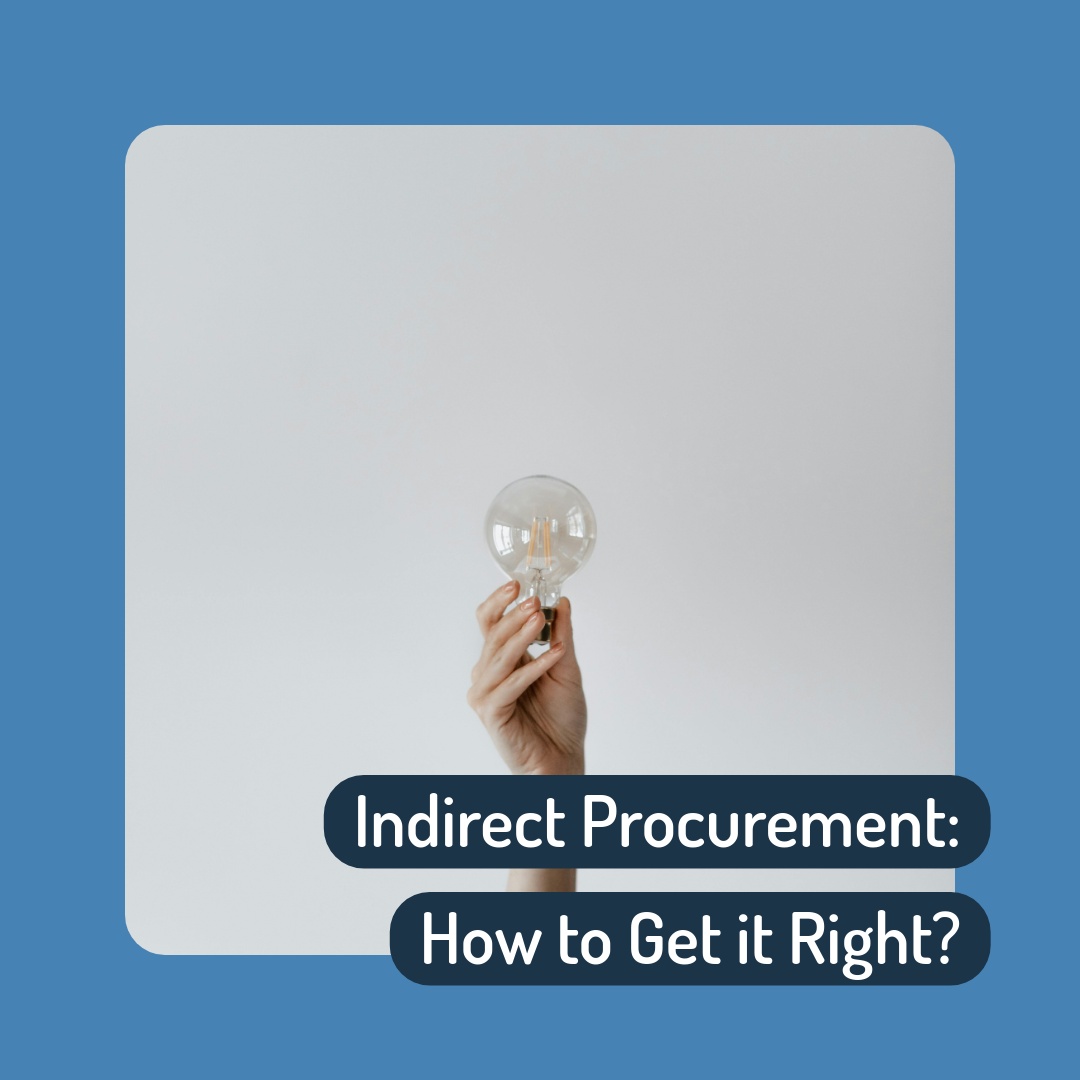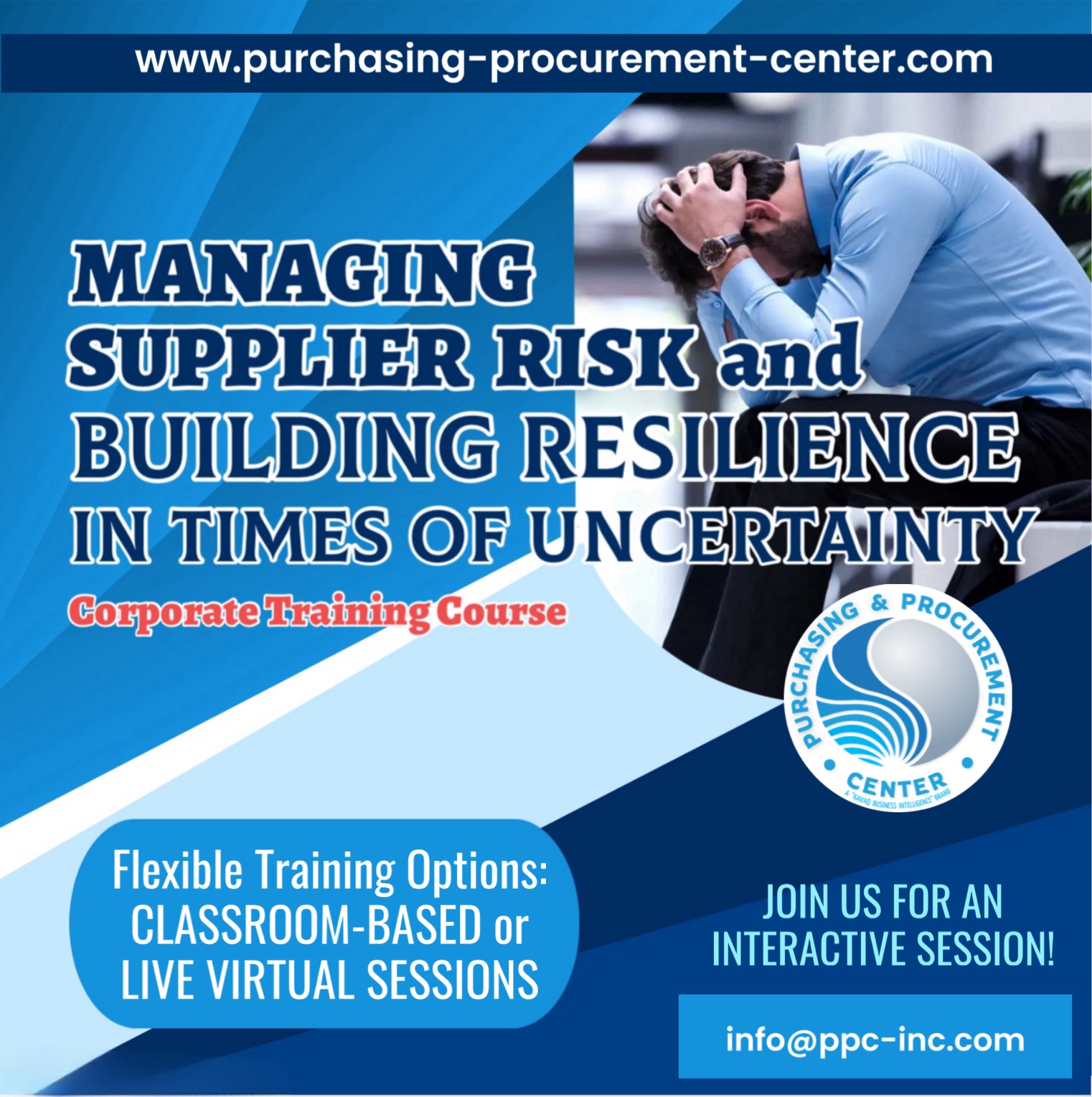Indirect Procurement: How to Get it Right?

Understanding indirect procurement is crucial for companies aiming to optimize their operational efficiency.
Do You Know: Study by McKinsey found that leading retailers with effective indirect procurement strategies averaged annual cost savings of 2% to 3%.
This guide dives into managing indirect procurement effectively, showcasing its impact on your business's bottom line.
You Might Also Like: Procurement E-Learning for Teams
What Is Indirect Procurement?
Indirect procurement, or indirect spending, involves the sourcing of goods and services essential for a company’s daily functioning.
It is not directly tied to a business’s primary product or service output. This process focuses on the acquisition of everything else that keeps the business running smoothly.
4 Core Categories of Indirect Procurement
Indirect Procurement encompasses a wide range of non-core business purchases. These are the critical items and services that keep your business running smoothly behind the scenes.
The following list highlights the key categories of indirect procurement for maintaining operational efficiency:
1. Office Supplies
From stationery to cleaning products, these are essential for daily operations. These ensure a productive and healthy workspace. Without these basics, day-to-day office life would grind to a halt.
2. Professional Services
These include external consultants, legal services, and marketing, crucial for navigating legal complexities and enhancing market presence. Wise investment here propels growth and safeguards operations.
Do You Know: A McKinsey report highlights how indirect spending has grown by 7% every year since 2011, but it’s still not getting the attention it deserves.
3. Utilities and Maintenance
These keep your business premises functional with reliable power and well-maintained facilities. They ensure smooth operations, from keeping the lights on to running the heating system efficiently.
4. Tech Support
It is vital for secure networks and smooth system operations. Quality support helps you manage software updates and ensures data security to prevent disruptions and protect information.
4 Key Strategies for Successful Indirect Procurement
Achieving excellence in indirect procurement requires a strategic approach. Here are four essential strategies to boost operational efficiency and improve your bottom line:
Strategy 1. Centralization of Procurement OperationsStrategy
Centralizing indirect procurement enhances visibility and control, leveraging collective buying power and streamlining processes. This leads to cost reductions, improved compliance, and strategic insights from consolidated data.
This helps standardize processes and eliminate redundancies. It monitors spending patterns more effectively and ensures compliance with procurement policies.
Strategy 2. Utilization of Advanced Procurement Technologies
Use of e-procurement tools and analytics automates tasks and provides real-time spending visibility. These technologies support strategic decision-making and help identify cost-saving opportunities.
Automated systems reduce manual errors and enhance efficiency and allows procurement teams to focus on strategic initiatives, leading to optimized operations.
Strategy 3. Certified Professional Team
Certifications in procurement and supply chain management enhance your team's expertise and credibility. They demonstrate commitment to industry standards and continuous improvement, making your business more attractive to clients and partners.
By pursuing certifications, procurement professionals gain advanced skills and access to a network of industry experts. This supports business growth and improves procurement processes and outcomes.
Read More: Move Your Team from Traditional to Strategic Procurement Knowledge and Skills
Strategy 4. Optimization of Supplier Management and Strategic Sourcing
Supplier management and strategic sourcing optimize indirect procurement by building strong supplier relationships and evaluating the supply base.
This uncovers cost-saving opportunities, improves quality, and ensures supply chain reliability. Strategic sourcing helps companies negotiate better terms and foster long-term supplier partnerships.
Advantages of Streamlining Indirect Procurement
Streamlining indirect procurement brings numerous benefits to your business operations. Managing these non-core purchases efficiently, businesses can unlock significant advantages that enhance overall performance.
Here are 6 key benefits of indirect procurement:
- Cost Savings: Streamlined procurement operations cut down on unnecessary expenses and lower operational costs. This leads to significant financial savings for the company.
- Enhanced Efficiency: Timely availability of essential supplies prevents disruptions, keeping business operations running smoothly. This maintains business continuity and efficiency.
- Optimized Resource Use: Effective resource allocation allows the focus to remain on core business activities. This boosts overall productivity and operational effectiveness.
- Improved Compliance: Centralized procurement ensures adherence to company policies and industry regulations. This minimizes the risk of non-compliance and associated penalties.
- Better Supplier Relationships: Building strong relationships with suppliers leads to better terms and reliable supply chains. This enhances the quality and consistency of goods and services.
- Strategic Insights: Consolidated data from streamlined procurement provides valuable insights. This helps in making informed decisions and identifying new cost-saving opportunities.
You Might Also Like: Get Certified International Procurement Professional To Grab Advantages
Indirect Procurement Best Practices
backseat to direct materials. However, these small purchases can add up to significant costs if not managed well.
Here are some best practices to streamline your indirect procurement:
- Category Management: Group similar goods and services into categories like office furniture or IT equipment. This standardizes specifications, enables volume discounts from preferred vendors, and simplifies spend analysis.
- Standardize & Consolidate: Encourage standardized purchases within categories to reduce variety-related costs and simplify vendor management. Consolidate suppliers for high-volume categories to negotiate better pricing and service terms.
- Implement Spend Analysis: Regularly analyze spend data to find cost-saving opportunities. Identify high-spend areas, maverick buying, and potential for contract renegotiations.
- Prioritize Value, Not Just Price: Consider quality, service levels, and supplier reliability alongside cost. A higher upfront cost can lead to long-term savings through reduced maintenance or fewer warranty claims.
Specialize in Indirect Procurement With Us!
Indirect procurement, often overshadowed by its direct counterpart, plays a pivotal role in the overall efficiency and cost-effectiveness of an organization.
Getting it right requires a strategic approach, combining meticulous planning, stakeholder engagement, and advanced technological integration.
Looking to specialize in indirect procurement? Take the next step and enrol in our Certified International Procurement Manager (CIPM) program today!
Frequently Asked Questions (FAQs)
Q: What’s the initial step in optimizing indirect procurement?
A: Begin by conducting a thorough review of your existing procurement processes to identify inefficiencies and areas for improvement.
Q: How does optimizing indirect procurement affect a company?
A: Effective management leads to significant cost reductions, enhanced operational efficiency, and robust risk management, directly benefiting the company’s bottom line.
Q: What benefits do certifications from Purchasing and Procurement Centre provide?
A: Our certifications enhance your team's knowledge and efficiency, making them proficient in managing complex procurement tasks. They also increase your organization's credibility, showcasing your commitment to procurement excellence.



